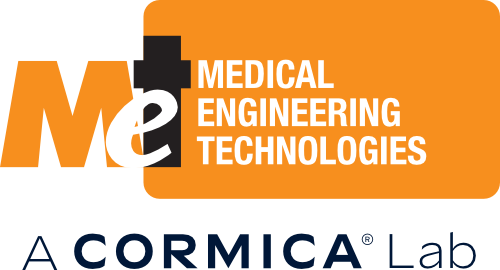Foreign Object and Water Ingress Testing, Is Your Device Protected?
What is the IP code?
“The IP code is a coding system that indicates the degrees of protection provided by an enclosure against access to hazardous parts, ingress of solid objects, ingress of water, and gives additional information in connection with such protection.”
Degrees of protection provided by enclosures (IP Code) (IEC 60529:1989/A2:2013)
IP are code letters which stand for “International Protection”, although this is sometimes referred to as “Ingress Protection”.
These code letters are followed by two characteristic numerals. Optional letters may follow these numerals to provide further information.

The letter ‘X’ may be used if a characteristic numeral is not required to be specified.
The First Characteristic Numeral specifies the level of protection an enclosure provides from solid foreign object ingress.
0 - Non-protected
1 - Protected from foreign objects with a diameter more than 50mm
2 - Protected from foreign objects with a diameter more than 12.5mm
3 - Protected from foreign objects with a diameter more than 2.5 mm
4 - Protected from foreign objects with a diameter more than 1.0mm
5 - Protected from dust
6 - Dust-tight
The Second Characteristic Numeral specifies the level of protection an enclosure provides from water ingress.
0 - Non-protected
1 - Protected from vertical dripping
2 - Protected from dripping when tilted at 15 degrees
3 - Protected from spraying
4 - Protected from splashing
5 - Protected from jetting
6 - Protected from powerful jetting
7 - Protected from temporary immersion
8 - Protected from continuous immersion
Example
A device is labelled “IP64”, what information does this provide?
The First Characteristic Numeral is “6”. This specifies that the enclosure of the device is “Dust Tight”.
The Second Characteristic Numeral is “4”. This specifies that the enclosure protects the devices from “Splashing”.
Testing the degree of protection provided by an enclosure
It is important that a device provides protection against certain external influences.
Direct Contact of Persons with Hazardous Parts
These hazardous parts may be either electrical or mechanical.
Depending on the degree of protection being assessed, the device under test should have an enclosure suitable to limit the penetration of a specified access probe of a required diameter which is pushed at a set test force.
The extent to which this probe penetrates the enclosure should be recorded.
Ingress of Solid Foreign Objects
Solid foreign objects, dust or otherwise, can negatively influence the performance of a device.
Depending on the degree of protection being assessed, the device under test should have an enclosure able to withstand the ingress of either a rigid sphere, steel rod, or dust.
The extent to which ingress occurs should be recorded.
Ingress of Water
Care should be taken to ensure that the enclosure of certain electrical devices is adequate to prevent water ingress reducing the risk of electric shock to the user. Water ingress can also negatively affect the performance of the device in general
Depending on the degree of protection being assessed, the device under test should have an enclosure able to withstand the ingress of water via either a drip box, spray, splashing, or immersion.
The extent to which water ingress occurs should be record.
Testing should be performed by experienced technicians using accurate equipment in a manner which is consistent and repeatable. MET offers world class Foreign Object and Water Ingress testing referred to in this article.
